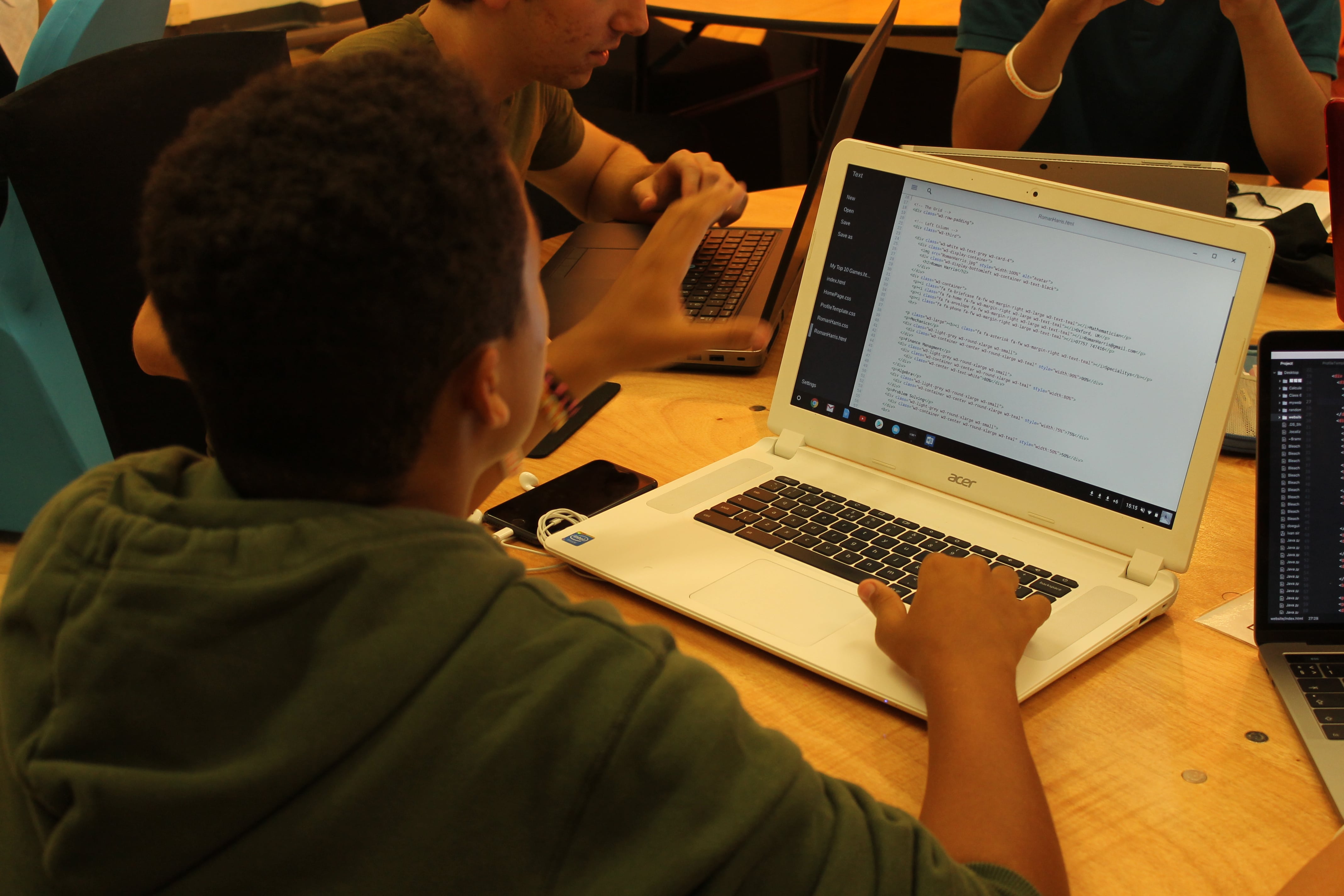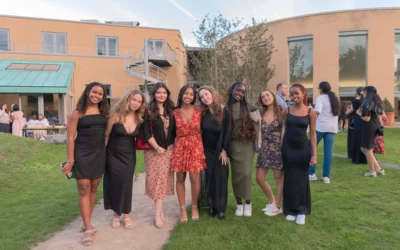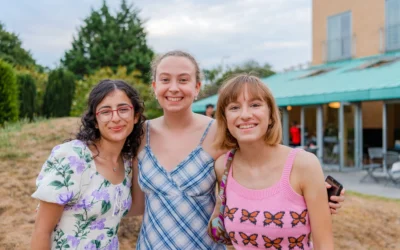The Future of Technology – A Student Perspective

Is Tech Actually Making Our Lives Easier?
A constant stream of notifications bombards our digital lives every day. News headlines, Snaps, iMessages, calls and updates overwhelm our screens. Beyond signalling the arrival of an email, the sheer number of these pressing alerts highlights the lack of communication between apps. While residing on the same bright display, applications are not integrated to work together, resulting in chaos on our phone lockscreens.
These contemporary machines are conveniently inconvenient and inconveniently convenient. Douglas Adams, author of The Hitchhiker’s Guide to the Galaxy, sums up this irony:
“We are stuck with technology when what we really want is just stuff that works.” Regardless of our qualms, technology is meant to empower us. But user capability cannot progress further without app cooperation being streamlined.
In ten years’ time, prosthetic limbs, currency exchange, deep space exploration and digital glasses will make headlines and push boundaries of the possibilites of technology. But what about the everyday text message? The Instagram post? The quick selfie? The world might lack flying cars, but our everyday relationship with our phones will look radically different.
Today, user efficacy is weighed down by organisational strains such as small monitor sizes, single screen displays, poor app-to-app syncing, and clunky interfaces — just to name a few. Ironically, our devices store and present all the materials we need, yet sabotage our efficiency because of the separation between applications. For example, weather and calendar applications could exist in tandem. Raining today? Probably best to reschedule that outdoor picnic.
Instead of scrolling, tapping, and squinting in search of our calendar, the weather forecast and our plans should collaborate. This very basic example reveals why moving between apps is so impractical and demonstrates the need for change.
What Does the Future of Tech Look Like?
In the next ten years, our smartphones, computers and tablets will ditch individual apps for a single, comprehensive platform. With the rise in artificial intelligence capabilities, our devices will anticipate our searches, bookings and messages.
Our devices will learn our habits so that the parking metre is prepaid as we arrive to park outside the supermarket. Just like when the screen, keyboard, and mouse were integrated into the laptop computer, our apps for fitness, weather, notes, shopping and texting will coexist.
Envision a technological companion to our lives, equipped to help instead of frustrate. Companies are already moving towards this level of cooperation with Facebook purchasing Instagram, and Amazon purchasing Whole Foods as prime examples.
Pesky forgotten passwords, awkward picture cropping, redundant information, and three different music platforms will be nothing but a distant memory as technology molds to our lifestyles.
Hopefully in ten years, instead of 50 notifications, we’ll just receive one with all the information we need!
By Kiara Boboff
Kiara attended the Oxford Scholastica Computer Science Academy in 2015. At the time of writing, she is currently in her final year of High School in San Francisco, aiming to study Computer Science at university next year, before going on to revolutionise the tech world!
Prepare for the future workplace!
Recommended articles
Demystifying the UK University Application Process for Educators
The UCAS applications process for UK universities can appear daunting for students and teachers alike. With that said, educators play an important role in students’ success with their university applications. As such, it is paramount that educators understand the UK...
How to Secure Strong References for Your UCAS Applications
References are a crucial component of your UCAS application, offering a holistic view of your potential as an applicant. Your application will ask for references who can testify to your potential as a student and what you have to offer the university or college...
A Day in the Life of a History Student
It’s been over three years since I first sent my UCAS application off to Oxford University, meeting the early submission deadline by a slither and breathing a sigh of relief. Now, as a third-year History finalist on the cusp of exams, I can safely say that these...


